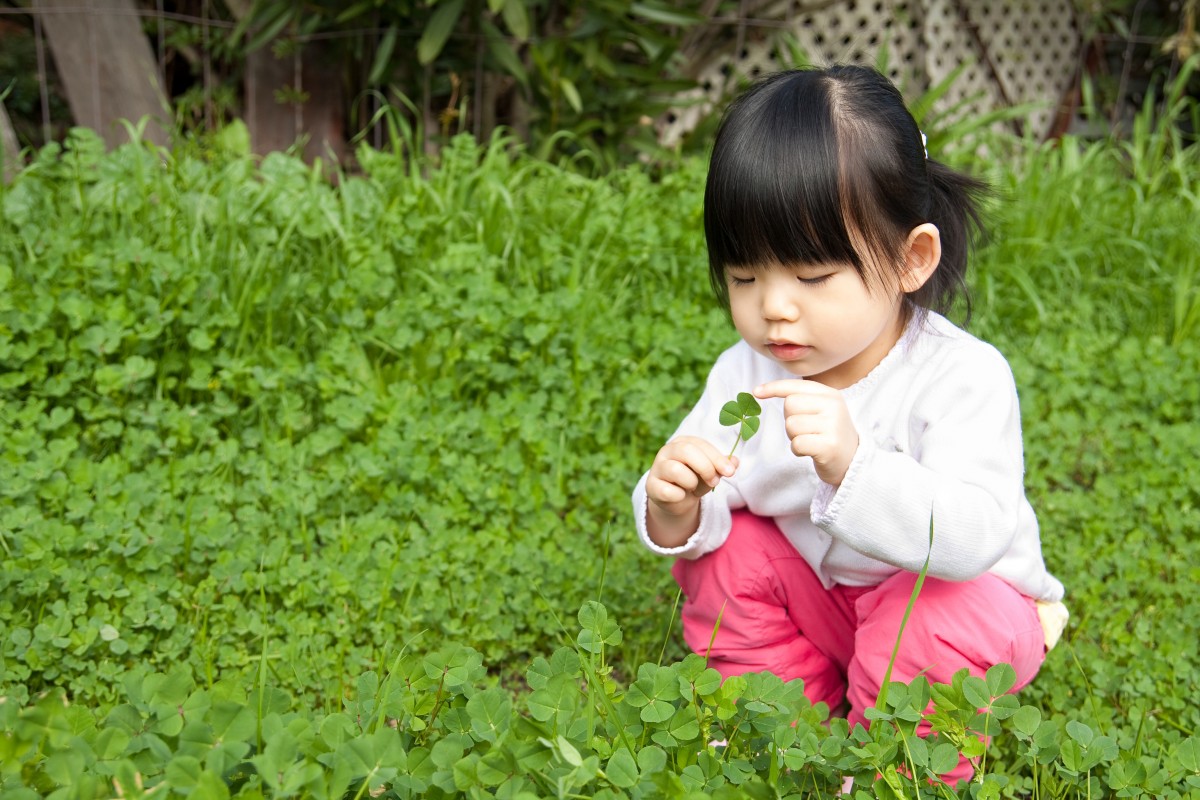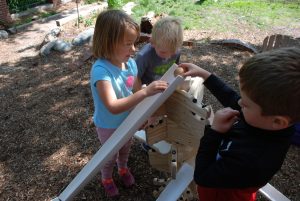Follow Nature. Let Them Figure It Out.

Many of you have told me that young children in Nature Explore Classrooms rarely need to be “taught” what to do. Their innate imagination fuels spontaneous play. Their inborn curiosity ignites research and questions. They often look to you as co-learners, rather than as teachers. And you find a freedom from more formalized lessons in your explorations with them. If you think that you’ve been seeing children ‘learn how to learn,’ you’re right. Recent research into children’s learning shows us why.
Alison Gopnik takes cutting edge research into baby and child development and translates it into usable practice suggestions. And she’s a blast to read. Her latest, “What Babies Know About Physics and Foreign Languages” (New York Times, 7/30/16), turns conventional “wisdom” about how children learn on its head. It has profound lessons for how we can be with children in our Nature Explore Classrooms.
Gopnik tells us that the energy we put into lesson-based curriculum that is designed to make our preschool children competitive in the new global marketplace is largely wasted. If we want our children to be able to problem-solve rather than simply to repeat back information, we need to back off on the teaching, and let children imitate what they see.
As always, Gopnik treats us to astonishing research, provides logical interpretations of the findings, ties them all together, and leaves us in awe of the child’s natural intelligence. In this essay she begins by reminding us that schools and curricula are relatively recent inventions. Until schools came about, children learned by watching and imitating adults. And children are still wired for this form of learning.
According to fascinating research that Gopnik explores, imitation and play win out over “teaching” in developing a young child’s ability to solve problems. Preschoolers develop innovative strategies in figuring out how adults do what we do that interests them. Conversely, if we “teach” a technique of doing something, children reason that this method is the way to do it. They don’t bother to actively strategize. They’re smart. Why waste the effort when you know how to do it? Strategizing, inference, deduction, trial of various approaches; all the components of innovation, problem-solving, and learning “how to think,” are best developed during imitation and play. For millennia, this is how very young children learned. Neither school nor curricula resting on formal teaching have altered this basic nature of children.
And this has everything to do with Nature Explore Classrooms.
 Young children are driven to learn about the world around them. Children in the outdoor classroom are researchers, scientists. During construction and artwork they explore the properties of natural materials, learning concepts foundational to math, physics and other subjects. During play-acting and group projects they develop their imaginations and social skills. When they beckon us into their play, we can enter as co-explorers.
Young children are driven to learn about the world around them. Children in the outdoor classroom are researchers, scientists. During construction and artwork they explore the properties of natural materials, learning concepts foundational to math, physics and other subjects. During play-acting and group projects they develop their imaginations and social skills. When they beckon us into their play, we can enter as co-explorers.
When we are partners in learning we can let “teaching” drop away for a while. Letting children’s trial and error of strategizing solutions to problems become comfortable for us, we can resist any impulse to “teach.” And when we “know how to do something,” we can just do it, and let the children strategize how to get there by trial and error. This is the journey that breeds innovation, rather than the narrow path of rote repetition. The delight and feelings of self-efficacy children experience along the journey of innovation easily best remembering what someone did and copying it exactly.
Please read Gopnik’s article. She spells it all out. You’ll probably become a fan. You’ll be refreshed by the confirmation that our freedom with children in our Nature Explore Classrooms truly inspires them to learn how to think.
But we knew that.

